Raymond Toal photographed these birds in SW Alberta.
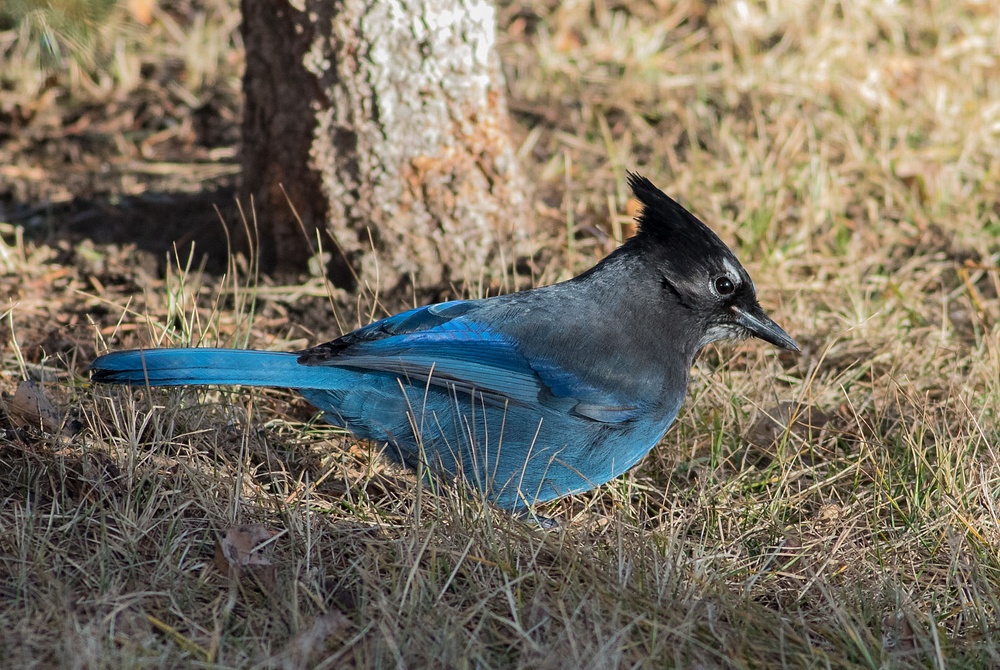
Steller’s Jay
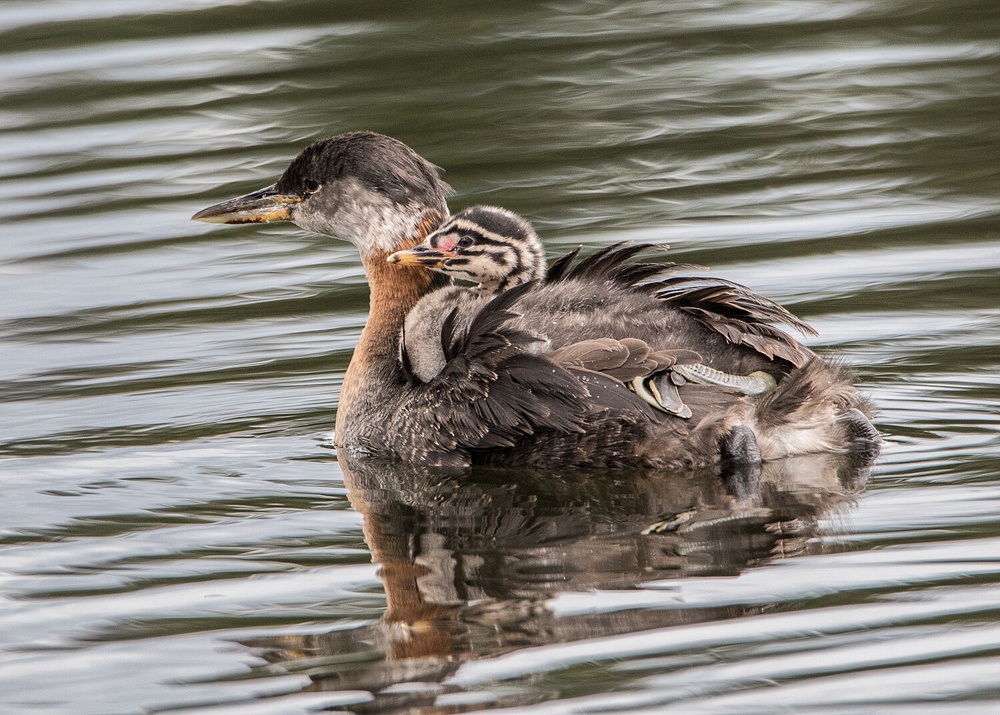
Red-necked Grebe with chick
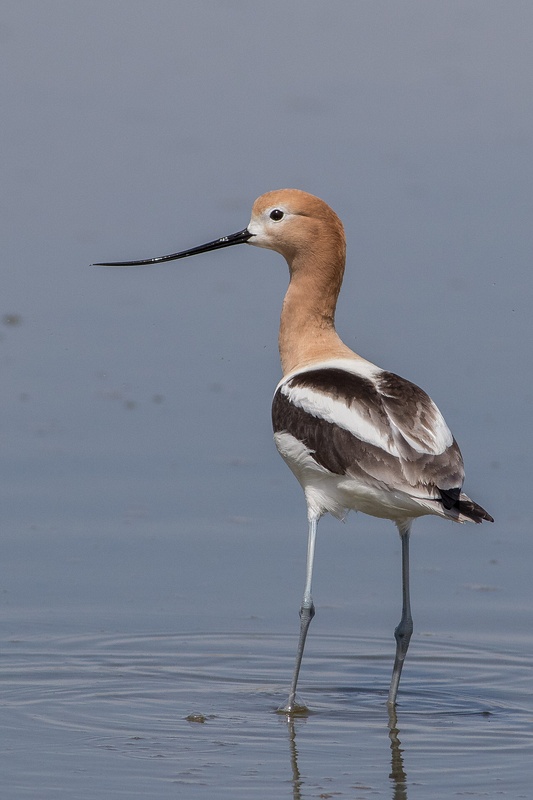
American Avocet
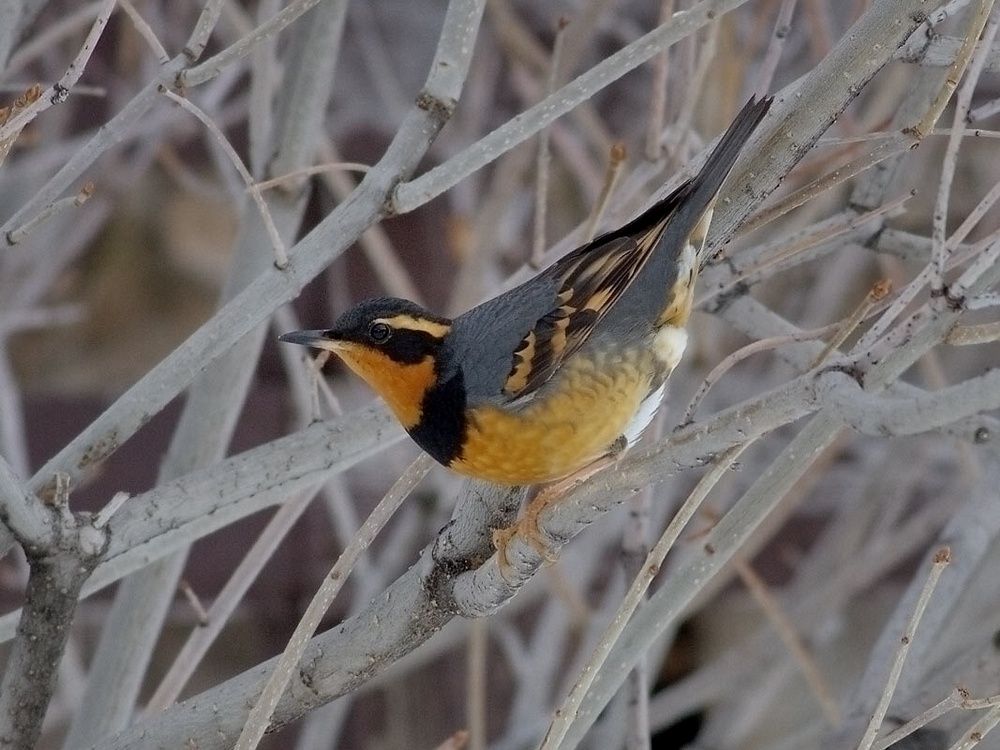
Varied Thrush

Pileated Woodpecker with young in nest
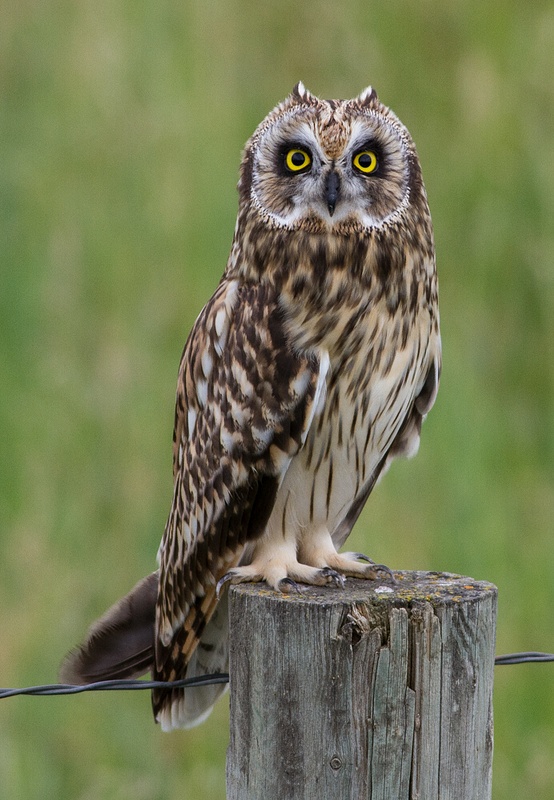
Short-eared Owl
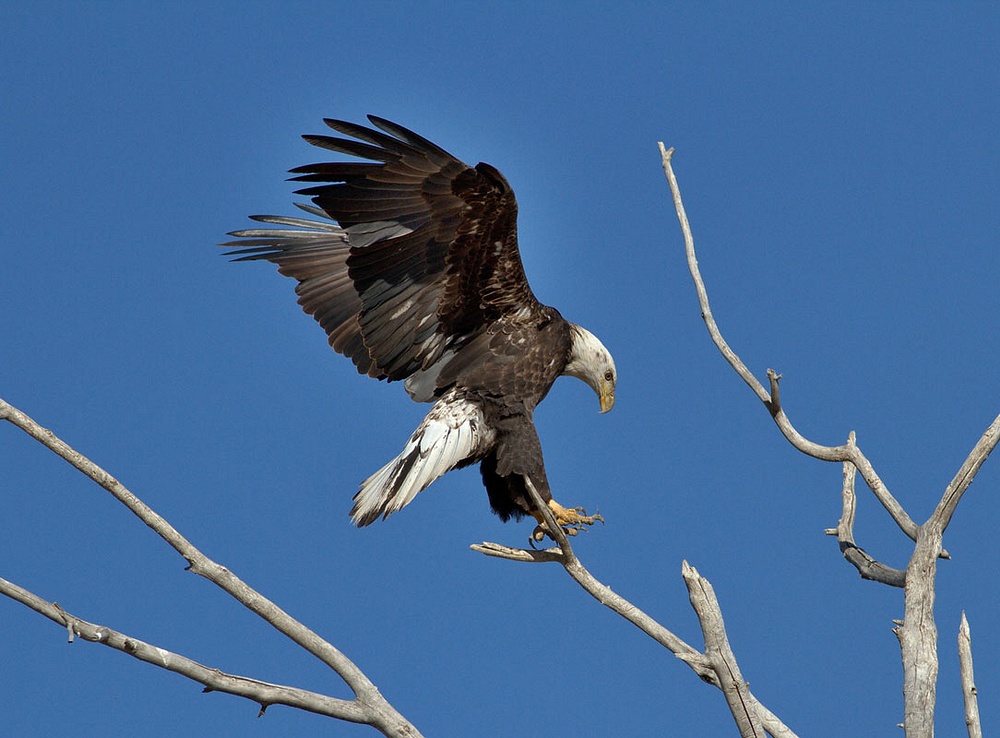
Bald Eagle
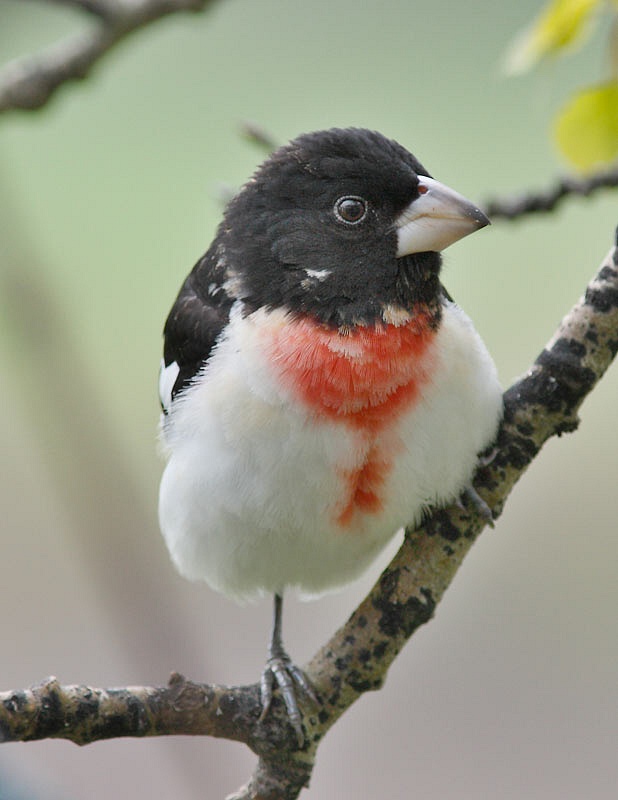
Rose-breasted Grosbeak
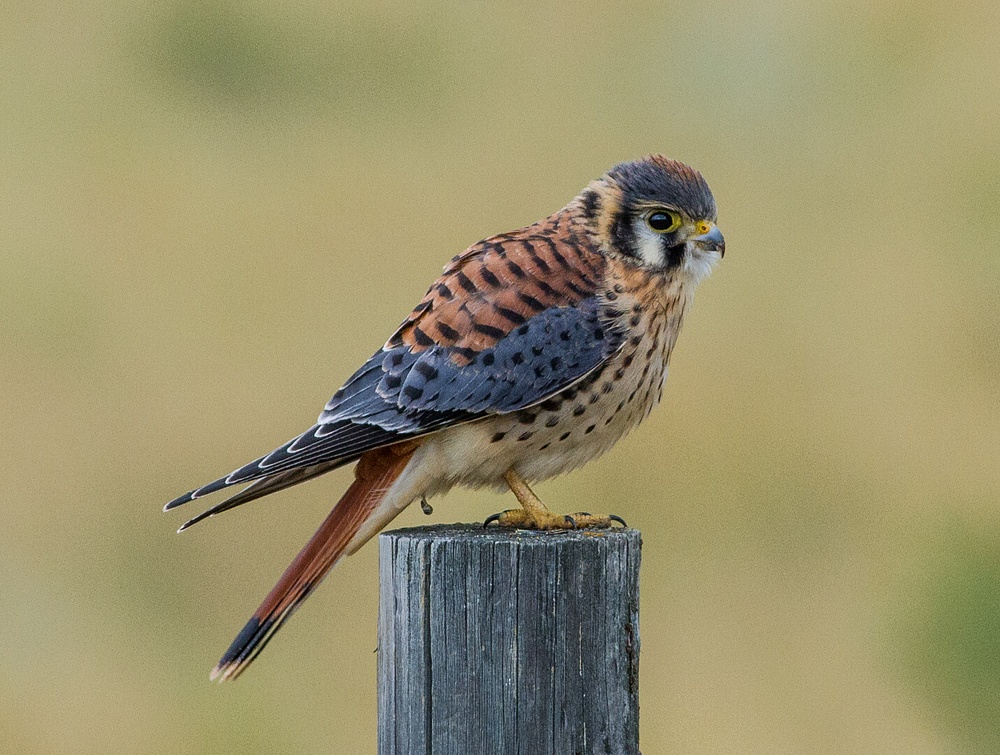
American Kestrel
Raymond Toal photographed these birds in SW Alberta.

Steller’s Jay

Red-necked Grebe with chick

American Avocet

Varied Thrush

Pileated Woodpecker with young in nest

Short-eared Owl

Bald Eagle

Rose-breasted Grosbeak

American Kestrel
Posted by Bob Lefebvre
Beryl Isaacs has been watching a pair of Tree Swallows that nested in McKenzie Lake in SE Calgary. The nest hole was in an old post in her neighbour’s yard. All photos by Beryl Isaacs.

There were four baby Tree Swallows in the nest on July 4, 2018.
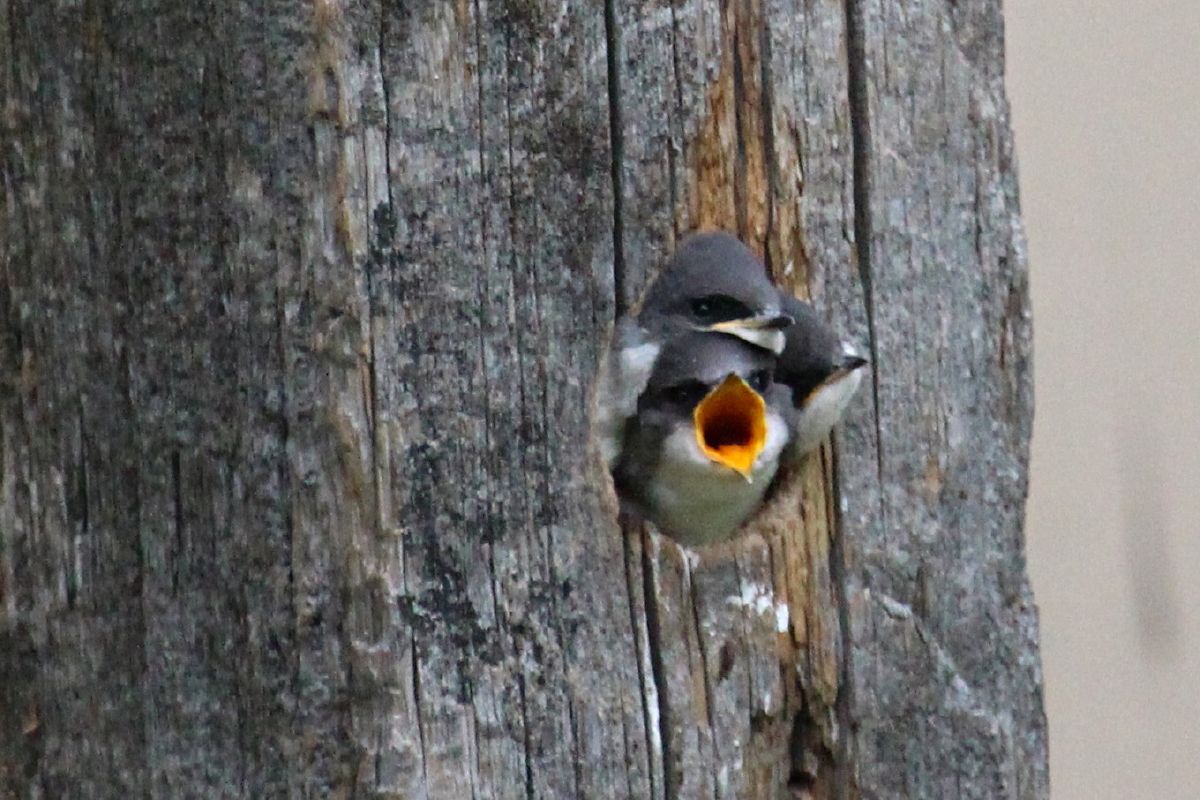
Baby Tree Swallows waiting to be fed.
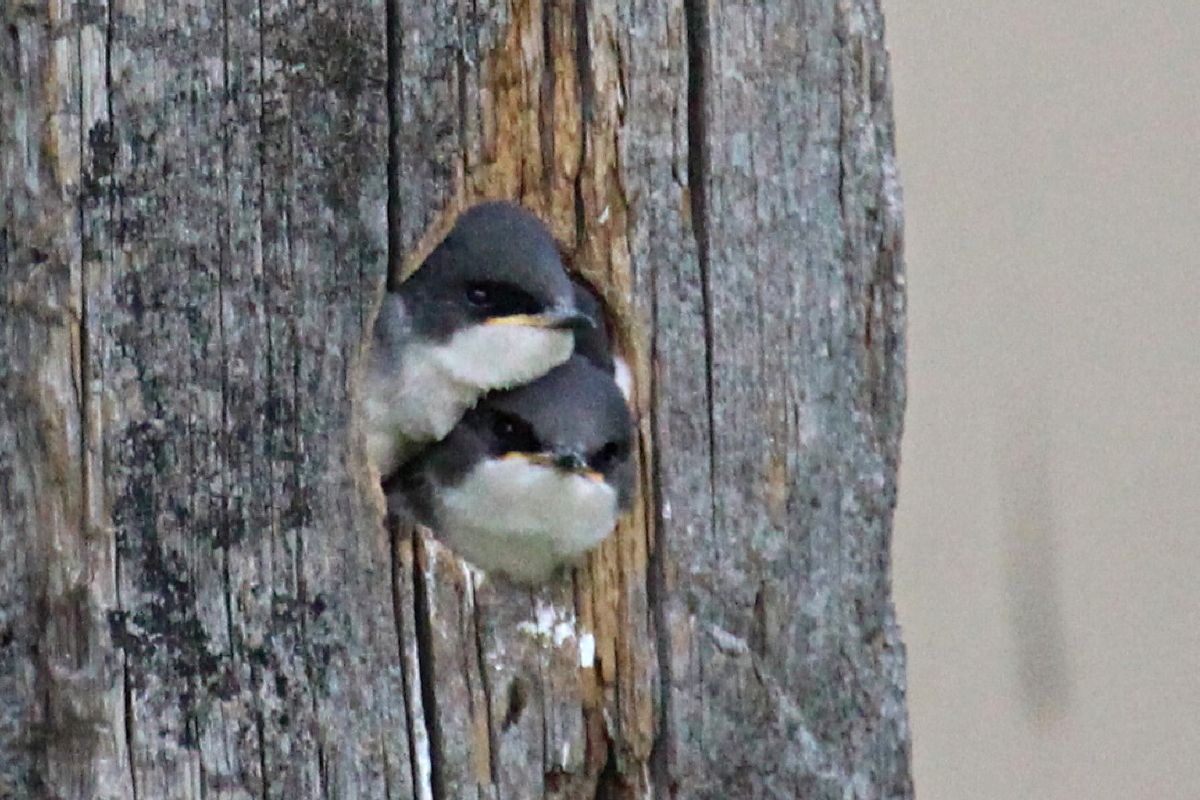
The young Swallows are almost ready to fledge.
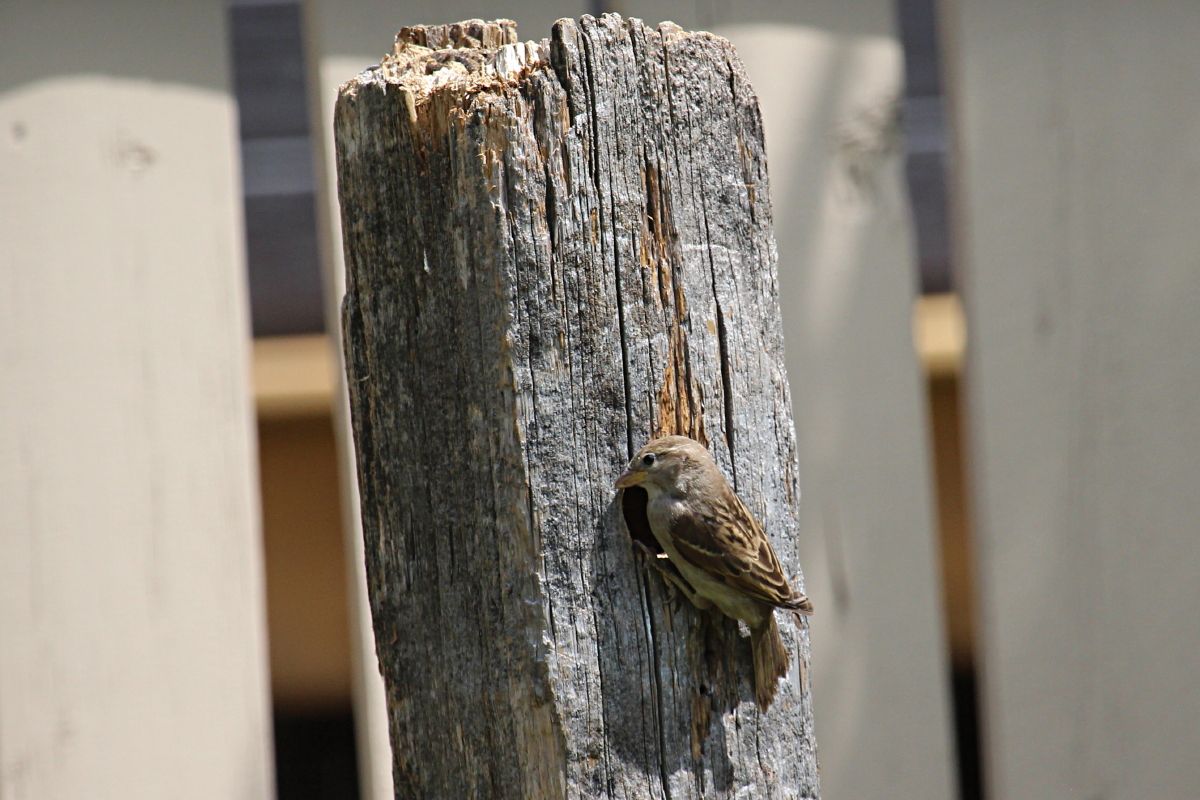
A House Sparrow at the nest hole.
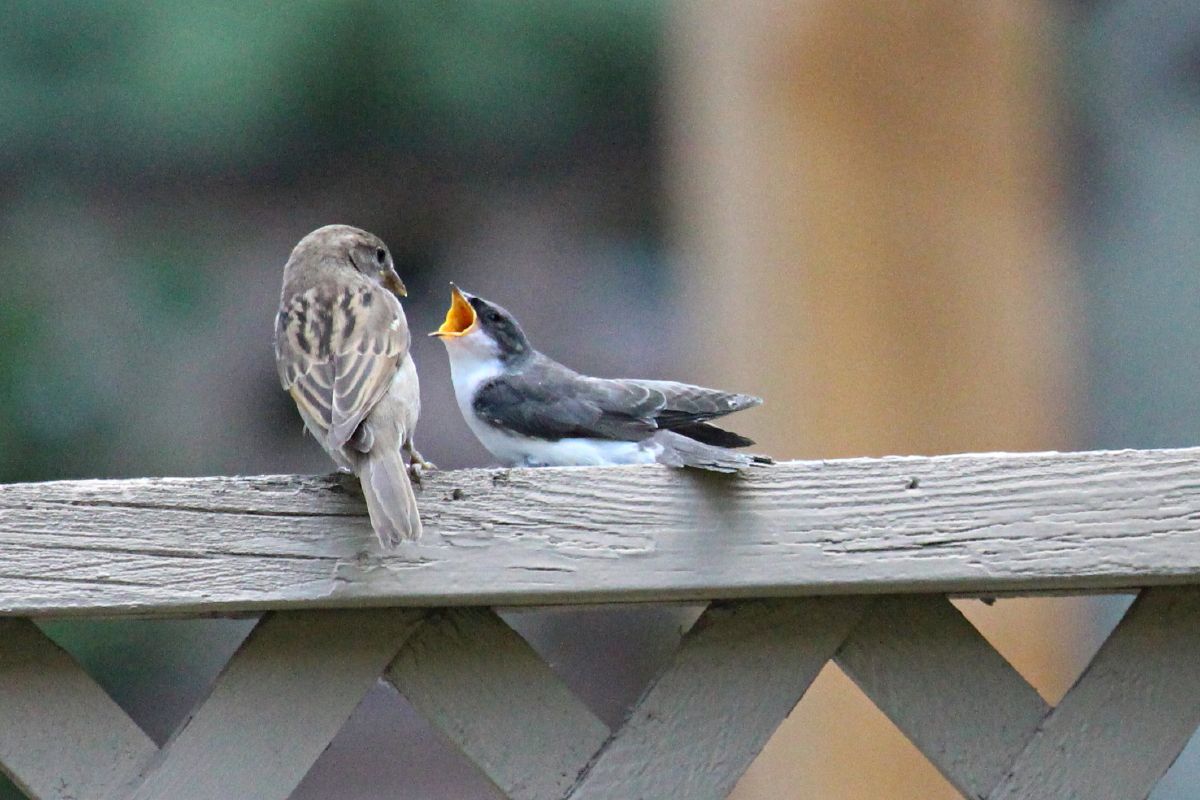
As the swallows fledged, one begged for food from the House Sparrow.
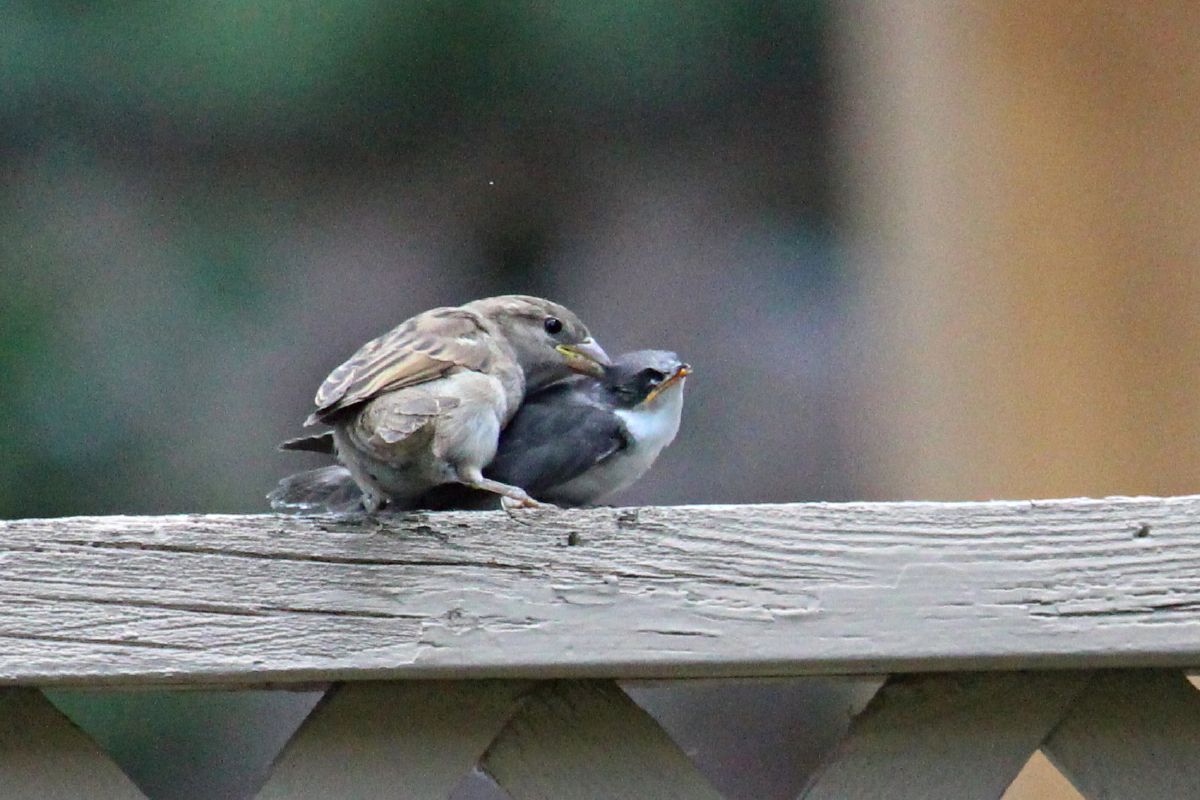
The House Sparrow attacked the young swallow, but no damage was done.
The House Sparrow, judging by its plumage and the yellow gape at the corner of its mouth, is a recently fledged bird itself. Adult House Sparrows sometimes kill young birds of other species if they get the chance.
Beryl was lucky to see Tree Swallows successfully nest in the city. Since House Sparrows and Tree Swallows are about the same size, they use the same size of nest holes. Aggressive House Sparrows usually harass Tree Swallows that try to nest in backyard boxes or nest holes. Tree Swallows are far more successful when nesting in city parks or outside the city, away from House Sparrows, which are almost always found near human structures.
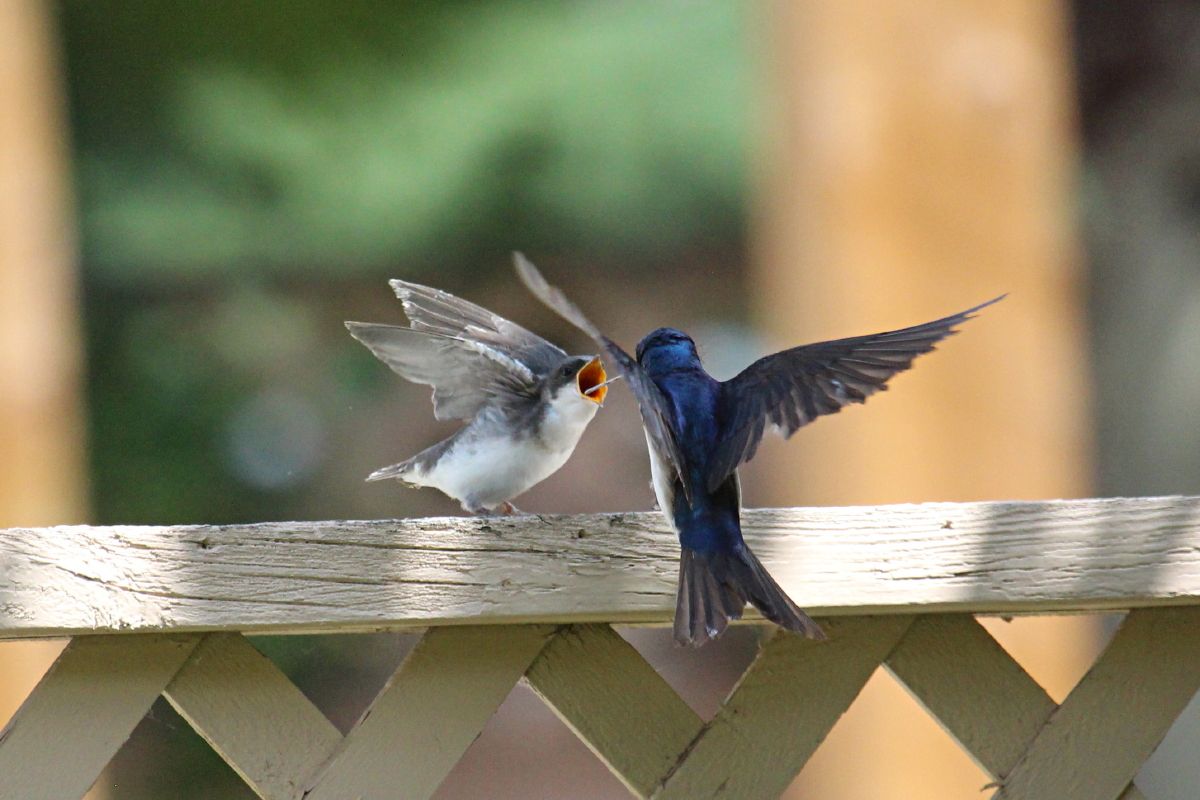
Parent Tree Swallow feeding a fledged bird.
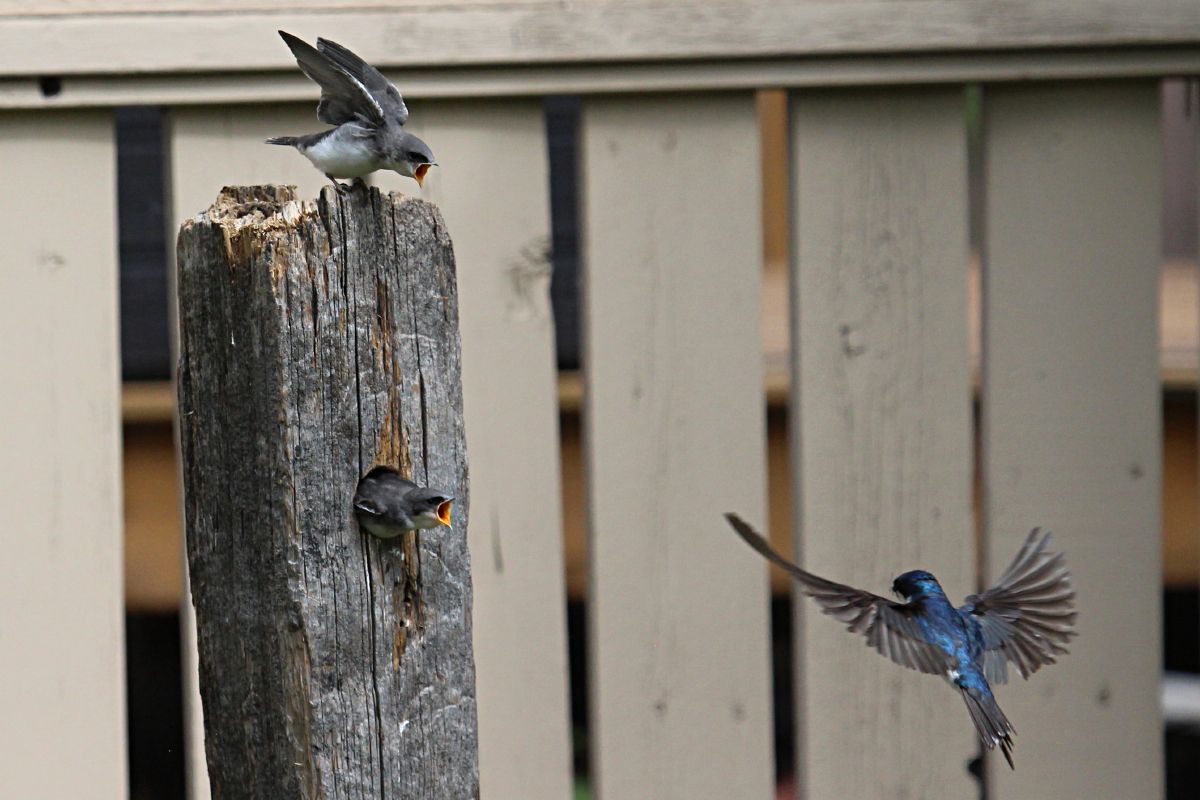
Still feeding during the fledging process.
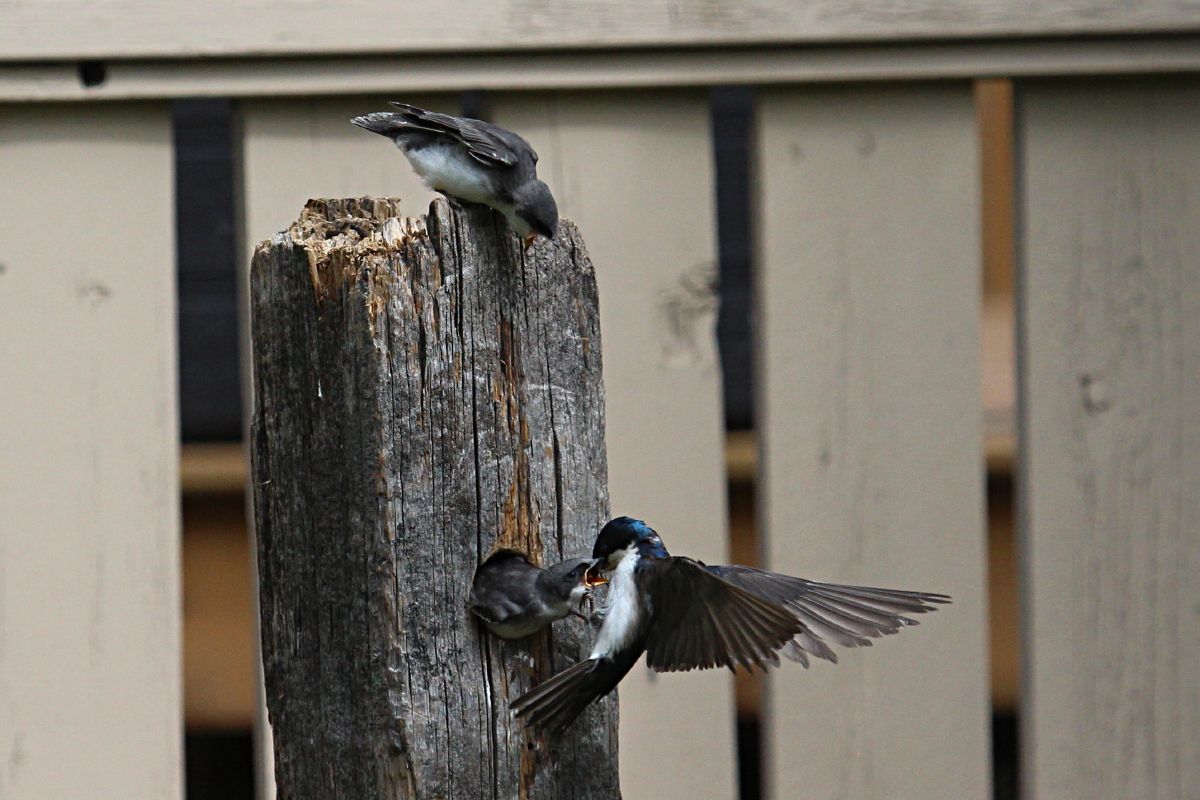
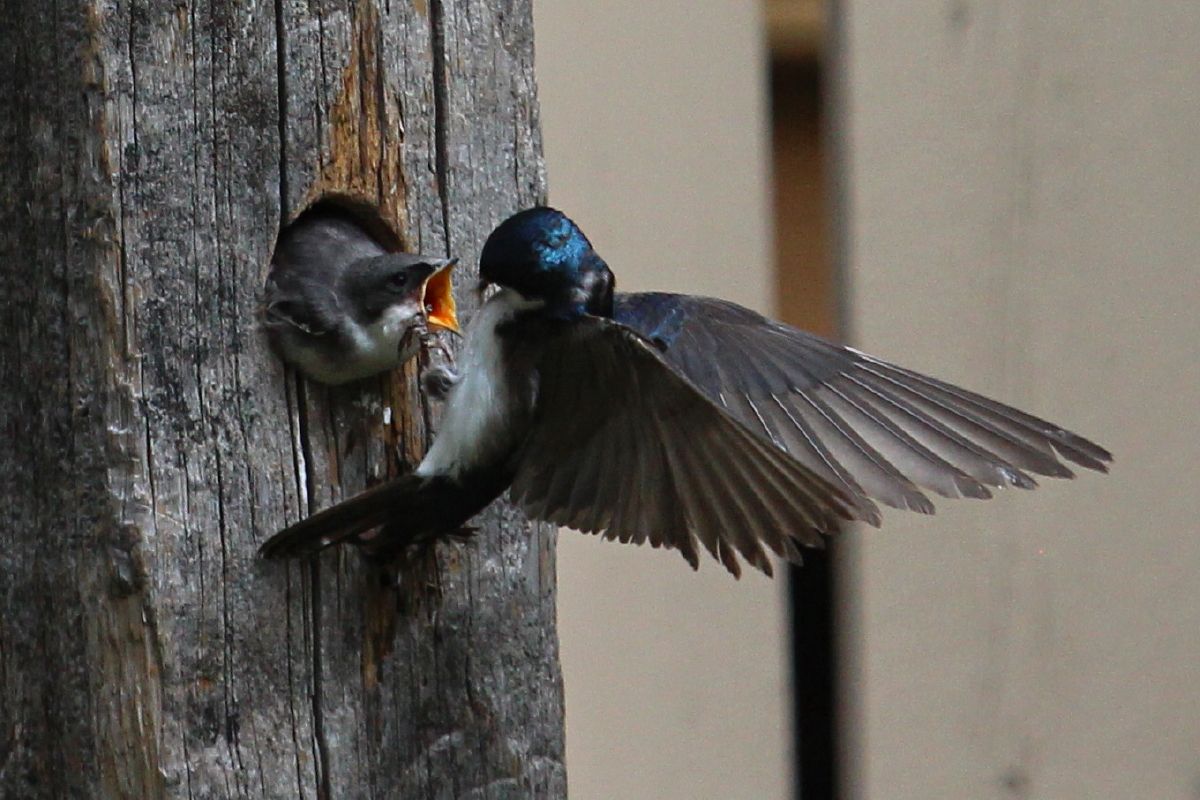
By the end of the day the young swallows had all fledged and were not seen again at the nest.
Have you had any birds nest in your yard this year? Share your photos here [birdscalgary(at)gmail.com].
Here is another set of photos from Southwest Alberta, courtesy of Raymond Toal.

American Kestrel.

Osprey.

Killdeer.

Great Blue Heron.

American White Pelican.

Sandhill Crane.

Common Yellowthroat (male).

Swainson’s Hawk.

Brewer’s Blackbird.

Yellow-rumped Warbler (Myrtle).
Tony LePrieur photographed these birds at the wetland just south of Priddis, on Priddis Valley Road, on May 26, 2018. The entire Priddis area is very birdy, and there are lots of wetlands to explore.

Wilson’s Snipe.

Wilson’s Phalarope.

Black Tern.

Northern Shoveler, male.

Baltimore Oriole.
See more of Tony’s photos here.
Tony LePrieur recently captured some of the Cliff Swallow activity at their nests under the big green bridge in the Weaselhead. This is a great spot to watch them as there is a colony of up to 1000 birds there. They are often seen flying overhead hunting for insects, and you can sometimes see them gathering mud from the banks of the Elbow River to build or fix up their nests. The photos are from May 20, 2018.



Below is a bonus photo of a singing Lincoln’s Sparrow. Always lots going on in the Weaselhead!

Tony LePrieur’s photos can be seen on his Flickr page here.
Here is a great set of photographs of birds taken in the SW corner of the province, by Raymond Toal. Raymond took all of these photos in the spring of 2018.

Ferruginous Hawk.

Western Meadowlark.

Red-tailed Hawk.

Northern Shrike.

Osprey.

Common Goldeneye.

Dark-eyed Junco (Slate-colored).

Pine Grosbeak.

Osprey.

Long-billed Curlew.

Belted Kingfisher.

Forster’s Tern.

Yellow Warbler.

Gray Catbird.

Empidonax Flycatcher (possibly Willow Flycatcher).

Red-tailed Hawk.

Common Redpoll.

Golden Eagle.

Dark-eyed Junco (Oregon).

Black-necked Stilt.
Tony LePrieur has spent a few evenings at Frank Lake recently and he took these wonderful photos.

White-faced Ibis.

American Avocet.

Wilson’s Phalaropes.

Marbled Godwit.

Willet.

Wilson’s Phalarope.

Killdeer.

California Gull with egg.

American Golden-Plover. (Originally identified as a Black-bellied Plover. Misidentifications are the fault of the poster, in this case Bob Lefebvre, not the photographer.)

Wilson’s Phalarope.

Willet.

Willet.

Tony in action, with Wilson’s Phalaropes. Frank Lake, May 27, 2018.
You can see more of Tony’s photos on his Flickr page at this link.
Vincent Tolley photographed this Mountain Bluebird pair just after the male had brought a meal to the female.
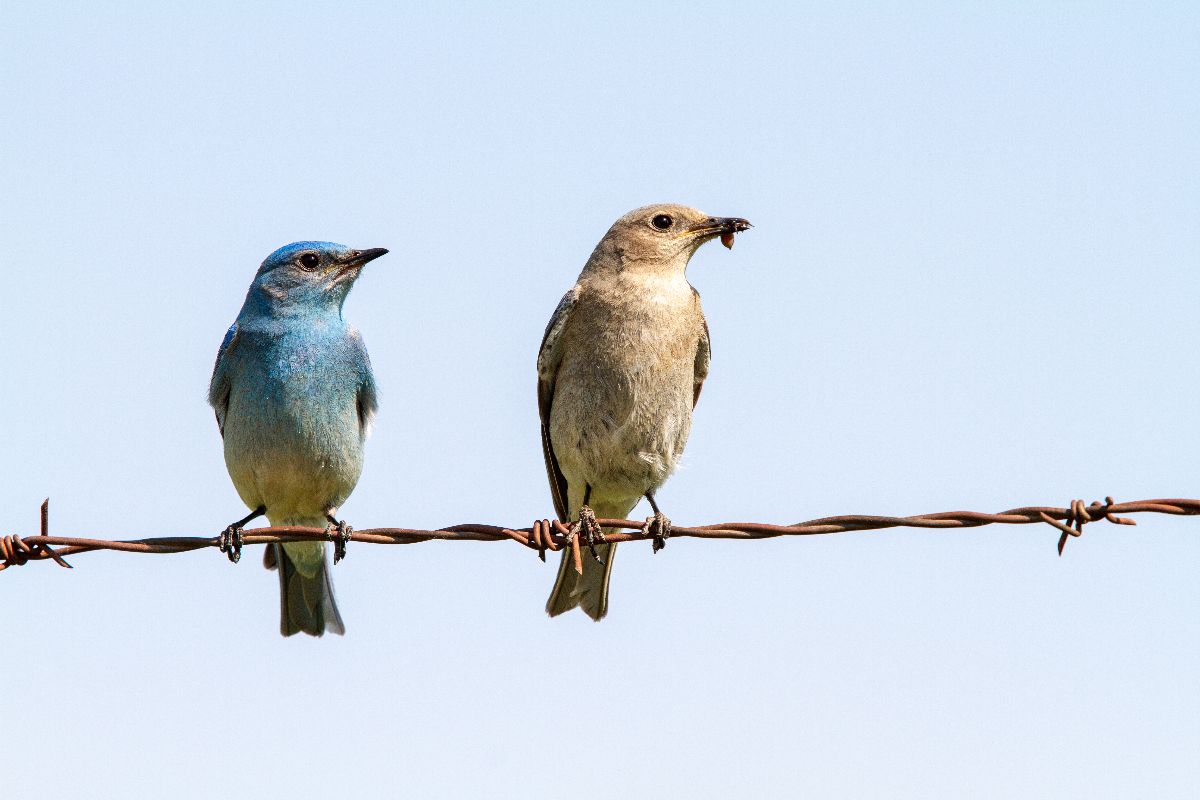
Mountain Bluebirds near Madden, north of Calgary, May 25, 2018. Photo by Vincent Tolley.
You can find Mountain Bluebirds at their nestboxes along rural roads all over the Calgary region this month. The best areas are NW, West and SW of town. Many of the boxes host Tree Swallows but if you are persistent you can find bluebirds.
On Thursday June 28 you can join Nature Calgary as Don Stiles leads a trip along his Bluebird Nestbox trail. See baby Mountain Bluebirds and Tree Swallows and learn about the nestbox program. For more information see this page.
You can see more of Vincent Tolley’s photos on his Flickr page.
Wood Ducks are probably our most spectacularly beautiful duck species. They are quite uncommon in southern Alberta, but the one reliable place to see them is on the lagoons at the Inglewood Bird Sanctuary. Up to 40 birds can be seen there at times. The males are in their breeding plumage now. Judi Willis took these shots in Early may.

Wood Duck (male), Inglewood Bird Sanctuary, Calgary, May 2018. Photo by Judi Willis.

Wood Duck (male), Inglewood Bird Sanctuary, Calgary, May 2018. Photo by Judi Willis.
Tony LePrieur had an opportunity to observe Sharp-tailed Grouse displaying on a lek in southern Alberta this spring. All photos by Tony LePrieur.

Male Sharp-tailed Grouse displaying.

Another male Sharp-tailed Grouse displaying.

Two males battling.

A female looking for a mate.
You can see more of Tony LePrieur’s photographs here.